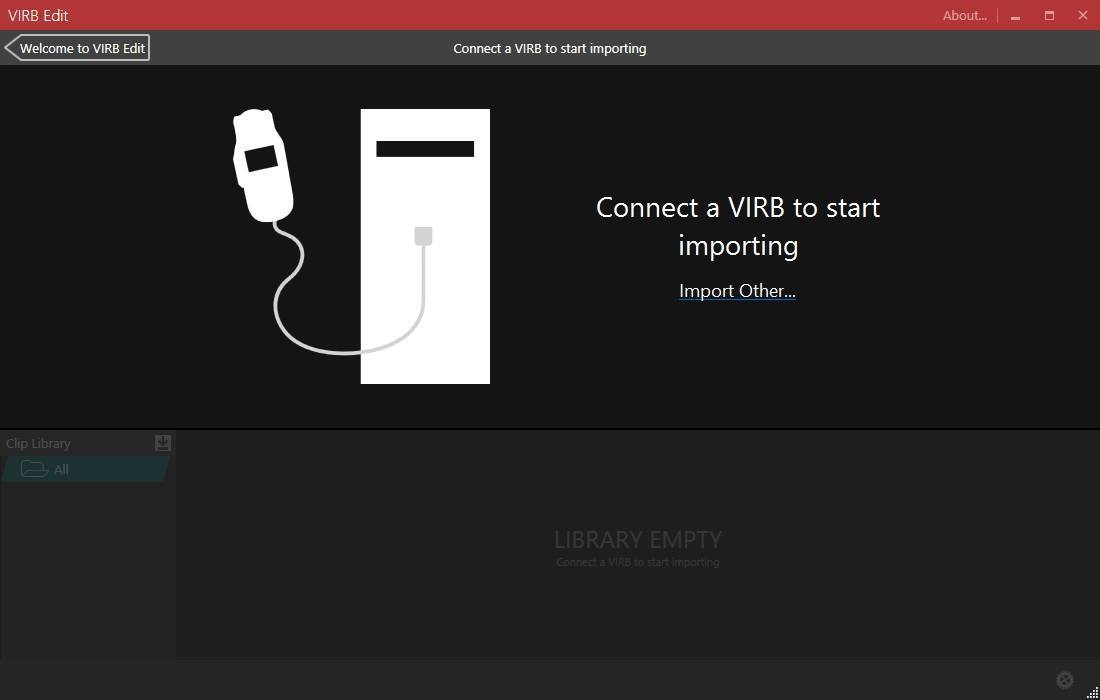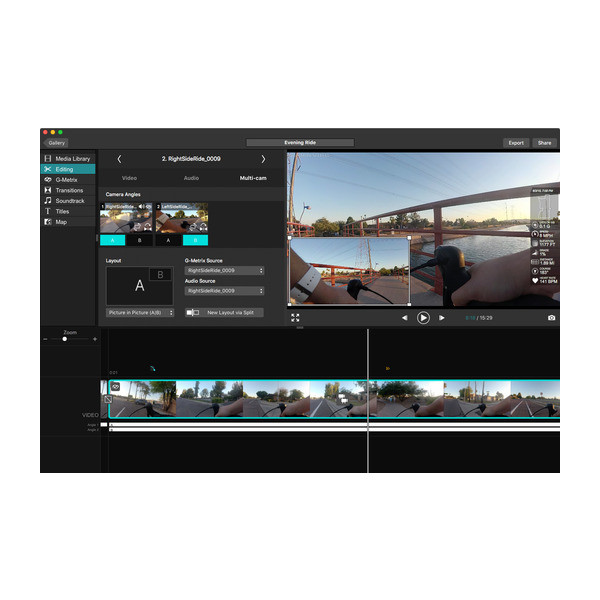

Doing so means that I only need to sync the FIT/GPX file once and the entire video lines up perfectly with the map. What I prefer to do is to combine all these “chapters” into one long video before loading the combined video in VIRB Edit.

This is called chaptering and I suspect many other cameras do the same. GoPro chops ups its captured footage into file sizes of 4GB. My video recording device is a GoPro 4 Silver. Sync your footage and your FIT/GPX file at the moment where you cross the junction/adjacent road. In areas where you go on a straight path for an incredibly long period of time, use junctions or adjacent roads as markers. You can either use the exact point of the turn or the point where you veer off from a straight line to get the adjustment right. It is difficult to get the exact point correct unless you make use of areas where you make turns. After that, play around with the available data overlays or create your own before exporting the video. Hence, getting the location right is key. Your other data – power, speed, cadence, heart rate, etc are tagged to location. This is done in the screen below which places the video and map side by side for easy adjustments. You can make the adjustments accordingly either by scrolling through the video or by changing the spot on the map where your video indicates you are. Make sure your FIT/GPX files indicate where you are on the map at that point in time in the video.

Synchronising is the most important step. Load your camera footage, select the FIT/GPX file and then synchronise your video to the FIT/GPX file.
#GARMIN VIRB EDIT WATERMARK SOFTWARE#
Garmin’s VIRB Edit software is easy to use. Even though the software is made by Garmin, it accepts videos and FIT/GPX files from non*Garmin cameras and sports trackers, which is rather nice of Garmin. You need camera footage shot by any camera, a FIT or GPX file from your sports tracker (any brand as long it outputs to these file formats, which most do) and Garmin’s VIRB Edit software. It makes your videos slightly more interesting with minimal effort. I started a cycling vlog of sorts in early 2015 which began that way before quickly realising I could add data overlays for free. Most of them are purely raw footages taken from various angles.


 0 kommentar(er)
0 kommentar(er)
